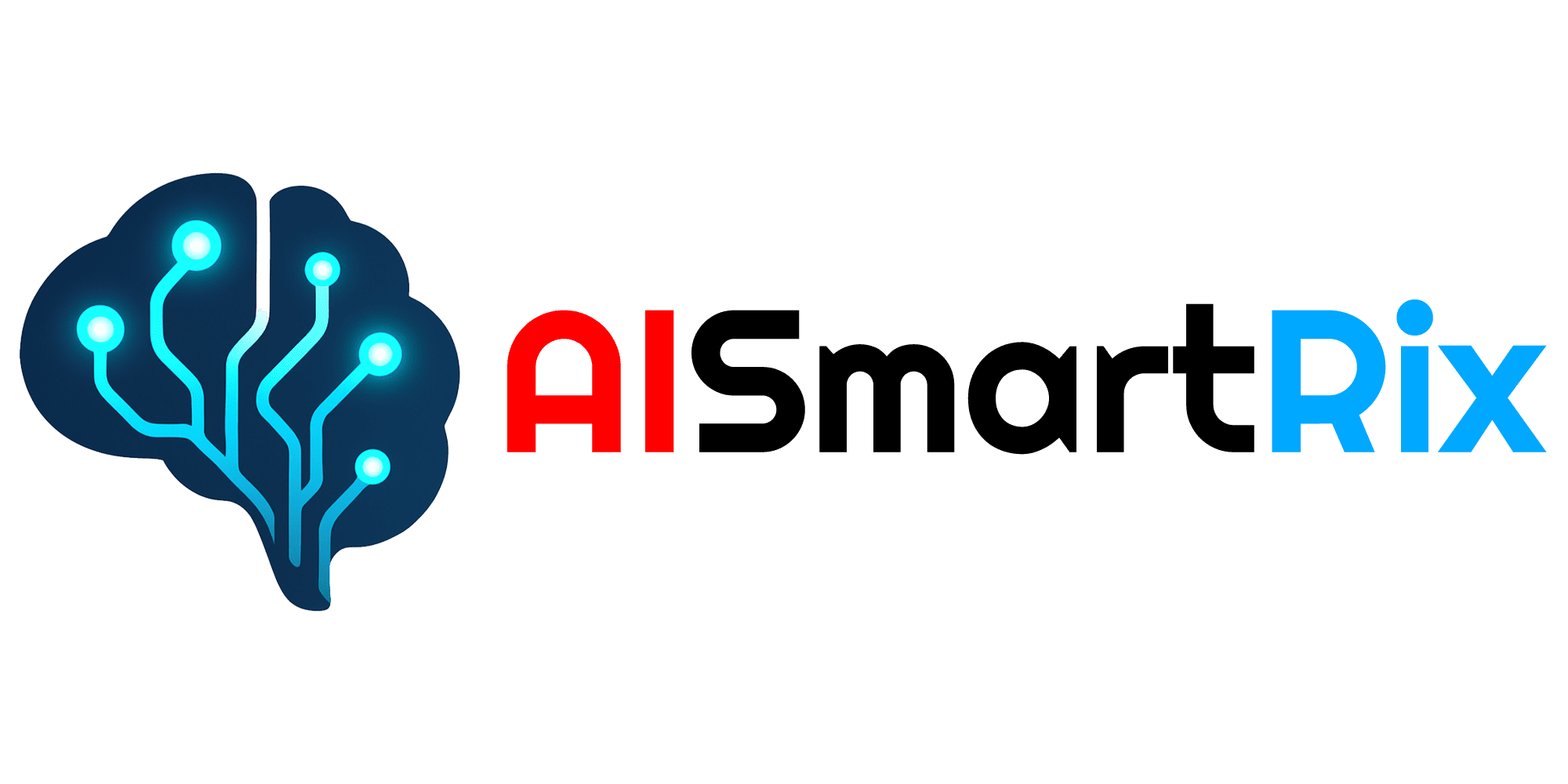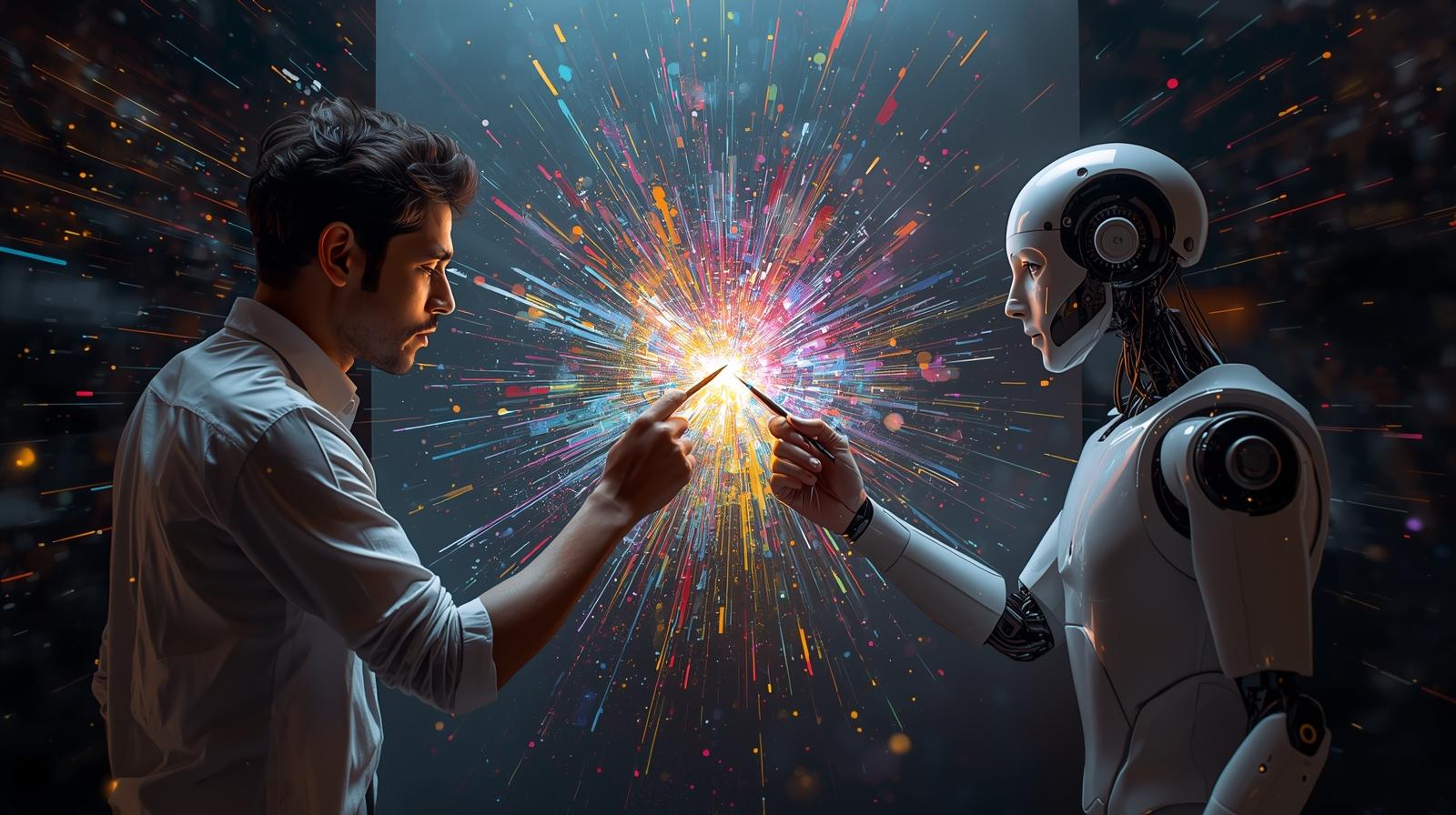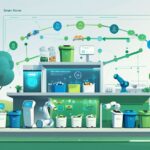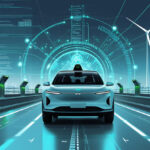AI vs. Human Creativity: Who Wins the Future?
The rise of Artificial Intelligence (AI) has sparked one of the most profound debates of our time: can machines truly rival human creativity? From generating art and music to writing novels and designing new products, AI is entering spaces once believed to be uniquely human. But as technology evolves, the question remains—who will win the future: AI or human creativity?
In this article, we’ll explore the strengths and limitations of both AI and human imagination, examine real-world examples, and look ahead to the future of innovation in a world where man and machine coexist.
Defining Creativity: Human vs. AI
Before comparing, we need to define what “creativity” means in both contexts.
- Human Creativity – A blend of imagination, emotions, intuition, lived experiences, and cultural context. Humans innovate not just for function, but for meaning, storytelling, and expression.
- AI Creativity – Pattern recognition and generation based on vast amounts of data. AI can combine existing elements in novel ways, simulate styles, and even invent entirely new outputs—but without personal experience or emotional depth.
This distinction is crucial. Humans create with purpose. AI creates with probability.
The Strengths of AI Creativity
- Speed and Scale
AI can generate thousands of variations of a design, song, or story in seconds. What takes humans weeks can take AI minutes. - Data-Driven Insights
AI draws from massive datasets, spotting hidden connections that humans might overlook. For instance, AI-driven drug discovery is identifying new compounds faster than traditional methods. - Cost-Effectiveness
Automated content creation, video editing, and even ad campaigns can be generated at a fraction of the cost of human labor. - Accessibility
AI tools like ChatGPT, MidJourney, and DALL·E democratize creativity, allowing people with no artistic training to produce high-quality outputs.
The Strengths of Human Creativity
- Emotion and Empathy
Humans create art and ideas that resonate emotionally—something AI cannot truly feel or understand. A novel written by a person carries lived experience and vulnerability that algorithms lack. - Original Thought
AI relies on existing data. Humans, however, can think beyond data, imagine worlds that don’t exist, and dream of realities never seen before. - Cultural Context
Art, humor, and storytelling are deeply cultural. While AI can mimic, it often struggles with nuance and subtlety across cultures. - Ethics and Purpose
Humans create not just to produce, but to solve problems, question norms, and push boundaries. Creativity is intertwined with philosophy, ethics, and vision.
Where AI and Human Creativity Already Collide
- Art – AI-generated paintings have been sold at Christie’s for hundreds of thousands of dollars. But debates rage: is it art without human intent?
- Music – AI can compose symphonies and pop tracks. Yet, when fans connect to music, they often connect to the human story behind it.
- Writing – AI can write essays, scripts, and poetry. Still, bestselling authors argue that true literature comes from personal struggle, not probability models.
- Business Innovation – AI designs efficient solutions, but breakthrough ideas like the iPhone or Tesla’s vision came from human foresight, not algorithms.
The Future: Competition or Collaboration?
Rather than asking “AI vs. humans,” the real future lies in AI + humans. Collaboration may unlock a new golden age of creativity.
1. AI as a Creative Assistant
- Writers use AI for brainstorming plots.
- Designers generate quick drafts before adding human touch.
- Marketers optimize ad copy with AI insights, but refine tone themselves.
2. Humans as the Visionaries
Humans will continue to define purpose, emotion, and meaning. AI will handle scale, efficiency, and execution.
3. New Hybrid Professions
We’ll see “AI-augmented artists,” “creative technologists,” and “prompt engineers” emerge as pioneers in industries ranging from fashion to cinema.
The Risks of Over-Reliance on AI Creativity
While collaboration seems ideal, over-reliance on AI raises risks:
- Homogenization – AI tends to produce similar outputs since it relies on existing patterns.
- Loss of Original Voices – If AI dominates content creation, unique human perspectives could fade.
- Ethical Concerns – Who owns AI-generated art? The creator, the programmer, or the AI?
- Cultural Flattening – Global reliance on the same AI tools could reduce diversity of thought and expression.
Who Wins the Future?
The answer is neither AI nor humans alone—both win together.
AI is a tool, not a rival. It can extend human imagination but not replace it. The artists, innovators, and leaders of the future will be those who know how to harness AI without losing the human spark that makes creativity meaningful.
In the long run, the winners won’t be AI or humans—it will be humanity empowered by AI.
Final Thoughts
The debate between AI and human creativity is less about competition and more about synergy. As machines grow smarter, they push humans to become more imaginative, empathetic, and visionary. The future of creativity isn’t a battle—it’s a partnership.
The real question is: will we use AI to amplify human creativity, or will we allow it to replace what makes us unique?





